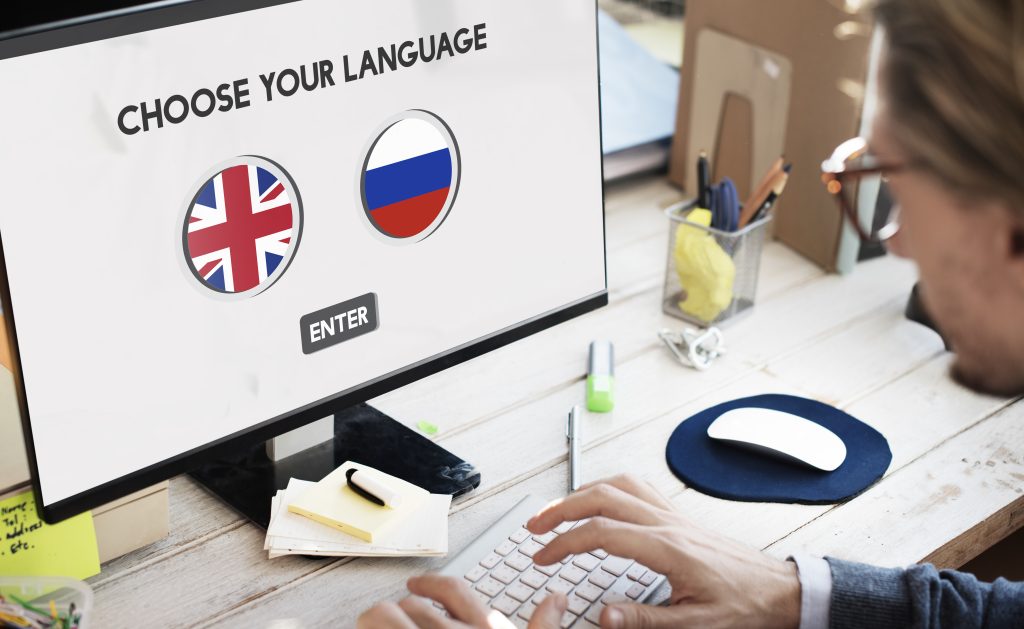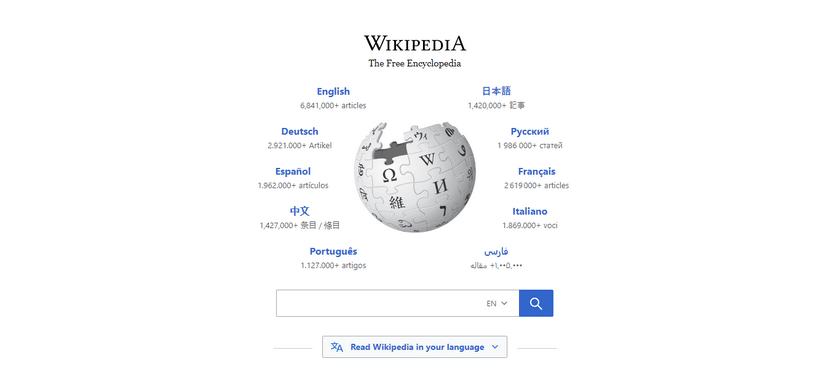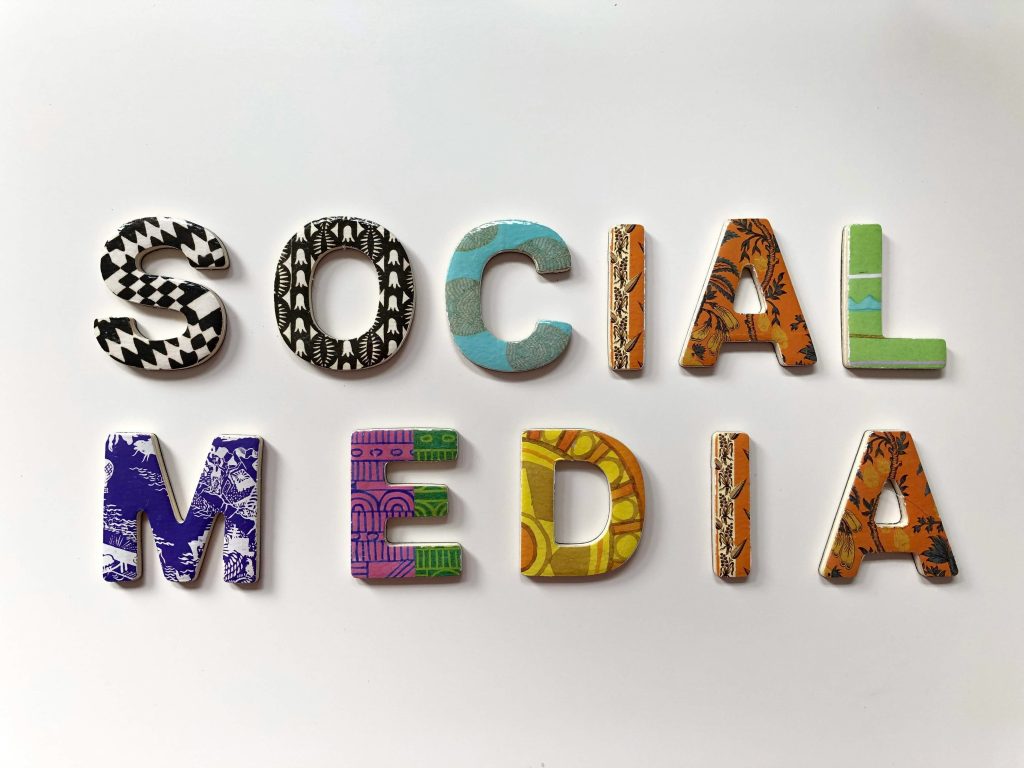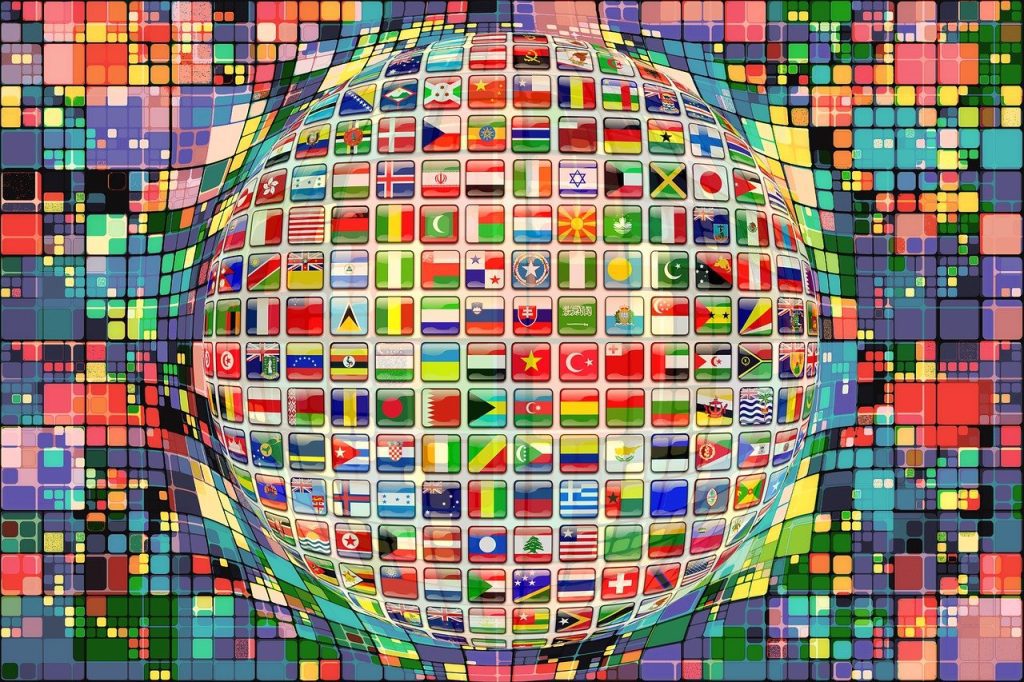
In 2004, Dove gained everyone’s approval when it launched the famous “Real Beauty” campaign. A very simple yet powerful campaign – it featured women from several age groups, body types, and ethnicities, speaking in their local languages. Using multilingual marketing was a fantastic idea and it paid off! Dove doubled its sales (from $2 to $4 billion) thanks to this genius marketing technique.
They used not only marketing translation services but also localization and transcreation experts in this campaign. For Latin American consumers, they relied on Spanish marketing translation services. That’s how other brands can take their marketing campaigns to global heights effortlessly.
In this blog, we’ll explore the benefits and challenges of international marketing. You’ll learn how brands can do multilingual advertising to make their brand recognizable in non-English-speaking countries.
Multilingual Marketing Benefits

Did you know that a little over 52% of web searches were in English? In other words, nearly half of these searches are in languages like Spanish, German, Russian, etc. Now, you can understand why brands need advertising translation Spanish for successful marketing. Modern businesses simply can’t ignore the key role played by translation for marketing in helping them gain an international audience. However, let us still explore a few benefits of multicultural marketing in this section:
- Rank Globally: Based on the statistics above, your website is more likely to rank better in several countries if you’re offering localized versions of your marketing content.
- Maximize Your Audience: A CSA survey from 2020 shows that 4 in 10 customers won’t purchase anything from a website that isn’t in their native language. If you want to boost your conversion rate, then start translating your ads right away.
- Building Trust: The same survey reports that two-thirds of internet users prefer to read content in their native dialects, even if it’s poorly written. That’s the key to building trust with consumers from diverse ethnic backgrounds.

You can see how multiple-language marketing is becoming the new normal in the world of advertising. It seems only appropriate to discuss the key challenges facing modern organizations in this regard. So, you should avoid the mistakes made by other brands that dropped the ball when doing global advertising.
Key Challenges in Multilingual Advertising
When it comes to multilingual marketing, you don’t only have to translate an ad into another language; the role of international marketing goes beyond simple translation services. You must also localize your marketing content and utilize transcreation experts to blow a new soul into it. Let’s take some examples of multiple-language marketing failures. You may hire experts for transcripts translation or other related services. However, only transcreation experts can make your ads work overseas.

Examples of Multiple-Language Marketing Failure
When Pampers targeted Japanese parents, they sold their product with the picture of a stork delivering a baby. However, they failed to realize that this imagery meant nothing in Japan; baby-delivering storks didn’t exist in the native folklore. Similarly, no brand should offer a 4% discount to Chinese consumers as this number is deemed unlucky in China. Even formatting mistakes have unseen consequences; a simple example would be that of 01/05/2024, which means 1st May in France, not January 5th.
Reasons for Multiple-Language Marketing Failure
Why do brands meet with failure when localizing their marketing content? Here are some good reasons for that:
- One reason should’ve become apparent to you, i.e., brands often fail to do proper research and learn the cultural leanings of their target audience. From learning the legal drinking age in other countries to determining what sort of tone to use (formal or casual?) – research is vital here.

- From Nivea’s “White is Purity” ad to Dunkin’ Donuts promoting their charcoal donut through the image of a woman in blackface – marketing mistakes happen when brands don’t realize that the stuff they’re doing is culturally inappropriate and offensive.
- Keep your language simple and clear; many companies go overboard with complex language use and confuse their audience. An example is Ford’s “Every car has a high-quality corpse” fiasco. It is important to always work with a human translator on your campaigns.
- Lastly, some companies use the wrong social media platform to publish their content. Twitter is popular in Japan while South Koreans use Naver (as explained in the last article. When it comes to China, you should publish your content on QZone to connect with local consumers.
You can now see why translation for marketing is so important. Next, we’ll discuss the best tips to make your marketing content shine in other countries. If you wish to excel at multiple-language advertising, it is important to do it right. Read the next section to learn all the best practices needed for this.

Multicultural Marketing: Tips and Best Practices
If you want to excel at proper international marketing, then you should follow the tips outlined here. You must not forget that multiple-language advertising requires a keen eye for detail and strong familiarity with all local cultures where your ad will run. These tips will prevent marketing embarrassment. Also, you must keep in mind that marketing-related content isn’t always translated; you need the help of transcreation experts in this regard. Learn about transcreation vs translation before delving into this field. So, here are the perfect tips to make multicultural marketing successful:
Research Your Keywords
Keyword research is the foundation of any marketing campaign. However, different keywords can mean something else in different countries. A British man searching for pants is looking for undergarments, but an American man using the same keywords is just looking for pants. So, make sure that you have gotten your hands on localized keywords.

Produce Universal Content
The best way to create marketing content for a global audience is to avoid stuffing it with memes or pop culture references. Don’t use slang or idioms that are popular only in the US. This way, you won’t have to reword it all when running a marketing campaign in India, Italy, KSA, or any other country.
Target Major Languages First
You can’t target all languages on the first try. It’s better to target the most dominant languages on Earth. Then, you can move on to targeting less popular languages. For instance, your webpage should be available in German, Mandarin, Russian, Hindi, Arabic, Spanish, French, Japanese, and a few other languages. You may hire marketing translation services to get this job done right.
Partner with Local Influencers
Don’t disregard the role influencers can play in popularizing your content among locals. You can partner with Instagram or TikTok influencers from all over the world. A survey shows that 86% of Chinese social media consumers who follow influencers have bought at least one product advertised by influencers.

Localize Your Socials
You can create a multilingual social media strategy by creating different profiles. Each profile will target a single language. Then, you’ll publish relevant content on these pages regularly while responding to the audience’s comments. That’s how you can build trust among foreign audiences.
Conclusion
Many companies, such as IKEA, Disney, etc., have created localized versions of their websites to ensure that visitors from diverse nations can find the required content. This is the basis of customer-driven and result-oriented multilingual marketing campaigns. And the best way to localize your website is to get the help of transcreation experts working at agencies like TranslateSwift with proper certifications.
You can hire these experts and avail yourself of the agency’s document translation services to localize content for foreign audiences. That’s how you can tap into global marketing and reach out to diverse audiences. In the modern world of marketing, brands can’t survive without using translation services.

FAQs – Multicultural Advertising
What is the purpose of marketing in multiple languages?
In multiple-language marketing, you go beyond merely translating the content to make an ad culturally relevant. It helps your branch reach a wider audience and relate to your campaign slogan.
How does translation improve your global marketing efforts?
All brands translate and localize their marketing content. Localization efforts make sure that your ads as well as slogans are adapted to the local norms and cultural preferences for better conversion rates.
What’s an example of transcreation at work?
The famous McDonald’s slogan “I’m lovin’ it” is translated as “Me encanta” in Spanish, which simply says “I really, really like it”. That’s because the word for “Love” in Spanish doesn’t fit in this context.










